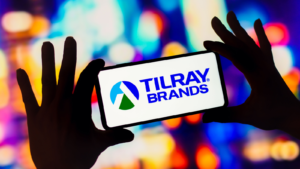Glossary, Landing Pages
What are Landing Pages?
A landing page is a standalone web page that potential customers can “land” on when they click through from an email, ad or other digital location. A landing page aims to capture information from contacts in exchange for something of value, such as a retail offer code or business-to-business (B2B) insights in the form of a white paper. Landing pages are different from other web pages in that they don’t live in the evergreen navigation of a website. They serve a specific purpose in a specific moment of an advertising campaign to a target audience.
Six things to consider when building landing pages.
1. Clean Design – A simple, clean layout that directs the user’s attention to the message and product. Think of this as an extension of the ad from where they clicked. You’ve earned just a few more seconds of the user’s attention to tell them more.
2. Value Proposition – Clearly articulate the value that a user will receive from your product or service. Explain exactly what they can expect (…without having to hunt for it)
3. Clear call to action – Tell users specifically what they should be doing on the page. Signing up for a newsletter? Request a quote? Click to call? Make it clear, descriptive, & above-the-fold.
4. Short Forms – Keep your forms short and to the point. Make it as easy as possible for a user to complete. Only require a few necessary fields of info to maximize response rates.
5. Social Proof – Do you have marquee customers that love your product or service? Your future customers want to know! Sharing testimonials, reviews, awards, or even a roster of top clients validates a potential customer’s decision to enter your marketing funnel.
6. Mobile-Friendly – Don’t forget, that many users will be arriving on your pages from a mobile device. Make sure your landers have a responsive design that renders well on all devices.
Examples of landing pages: https://r3tekcybersolutions.com/web-application-penetration-testing/
Createdby: JnairbDesign











